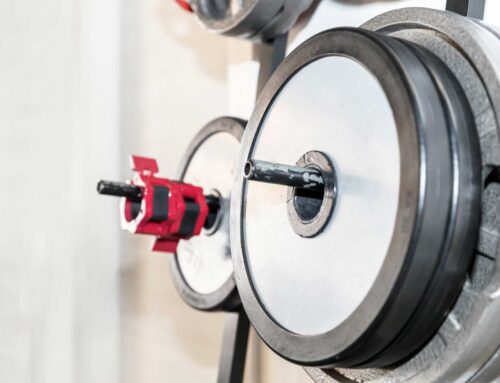Embarking on a fitness journey is an exciting endeavor, but how do you know if you’re making progress? The answer lies in tracking your body stats. As a dedicated personal fitness trainer, I understand the importance of accurate and consistent tracking to help you stay motivated and informed. In this article, we’ll explore the best ways to track your body stats, empowering you to make data-driven decisions and achieve your fitness goals with confidence.
Why Track Your Body Stats?
Tracking your body stats provides you with tangible evidence of your progress, helping you understand what’s working and what adjustments may be needed. It allows you to set realistic goals, make informed decisions about your training and nutrition, and celebrate your achievements along the way.
Start with a Baseline
Before you begin tracking, establish a baseline by measuring your body stats, including weight, body measurements, body fat percentage, and even photos. This initial snapshot provides a starting point for comparison as you progress.
Consistency is Key
To ensure accurate tracking, maintain consistency in your measurement methods. Use the same scale, measuring tape, and conditions each time you record your stats. Consistency eliminates variables that could skew your results.
Use Multiple Metrics
Rely on a combination of metrics for a comprehensive view of your progress. While weight is important, consider including body measurements (waist, hips, arms, etc.) and body fat percentage measurements. These metrics provide a more detailed picture of changes in your body composition.
Keep a Record
Use a journal, spreadsheet, or fitness app to log your measurements over time. Visualizing your progress through recorded data can be highly motivating and help you stay accountable.
Track Non-Physical Metrics
Don’t limit your tracking to physical measurements alone. Monitor your strength gains, endurance, flexibility, and overall fitness levels. These markers reflect improvements in performance and overall health.
Set SMART Goals
When tracking your body stats, set Specific, Measurable, Achievable, Relevant, and Time-bound (SMART) goals. For example, aim to decrease body fat by a certain percentage over a specific timeframe.
Regular Check-Ins
Schedule regular check-ins to measure and assess your progress. Depending on your goals, check in every 4-6 weeks to track changes and make adjustments as needed.
Seek Professional Guidance
Consider working with a personal fitness trainer or a healthcare professional who can accurately measure and track your body stats. They can provide expertise, guidance, and ensure your tracking methods are accurate.
Tracking your body stats is a powerful tool on your fitness journey. By consistently measuring and recording your progress, you’ll gain insights into your body’s responses to training and nutrition. This information empowers you to make informed decisions, set achievable goals, and celebrate your successes. Remember, the journey to your fitness goals is a marathon, not a sprint. Embrace the process, stay committed, and let tracking be your compass to guide you toward your ultimate destination of improved health and wellness. If you’re seeking personalized guidance, reach out to one of our qualified personal fitness trainers who can help you establish an effective tracking routine tailored to your unique needs and objectives.






